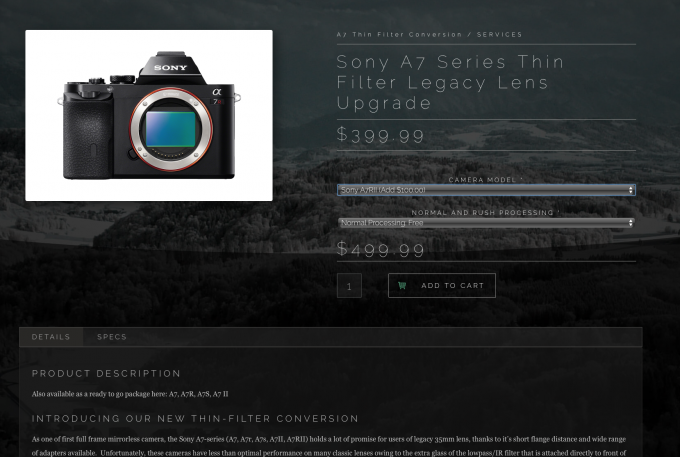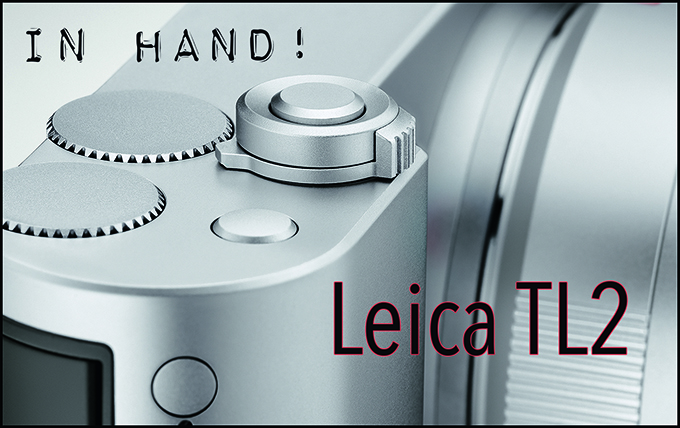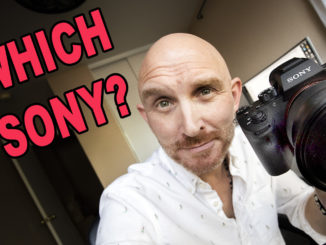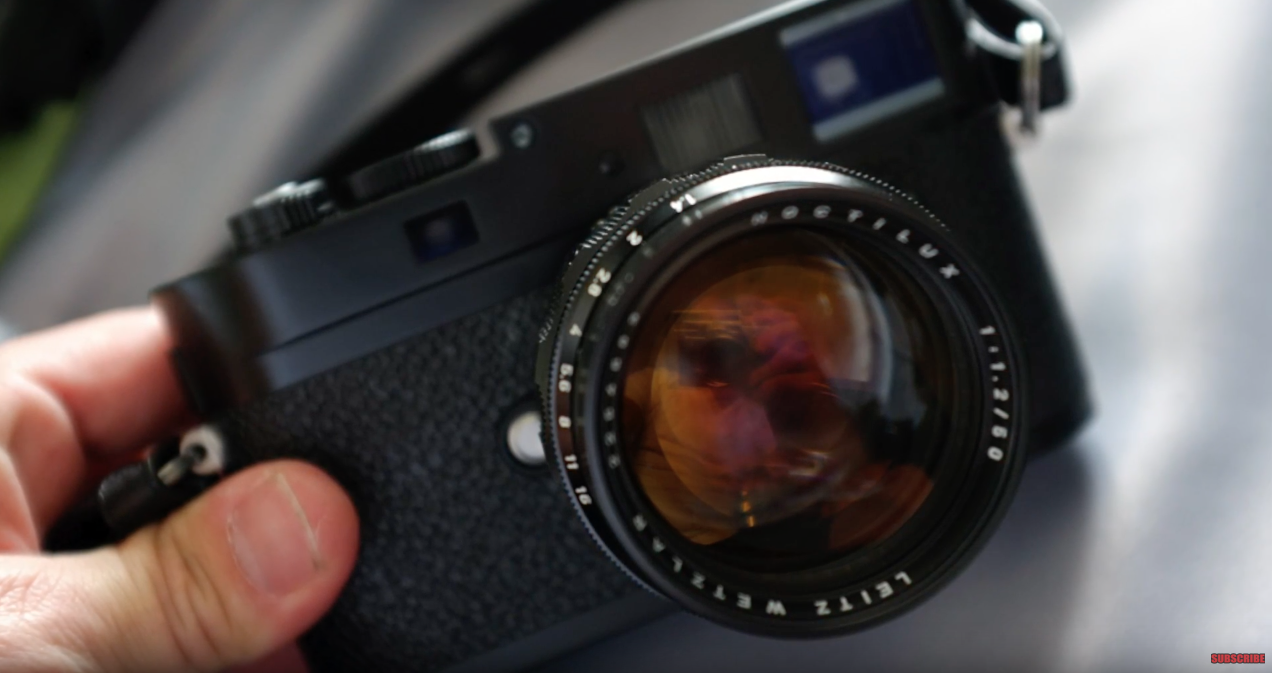Sony A7 Thin Filter Legacy Lens Upgrade by Kolari Vision
FROM KOLARI VISION WEBSITE about their Conversion for better performance with Leica M mount glass..
INTRODUCING OUR NEW THIN-FILTER CONVERSION
As one of first full frame mirrorless camera, the Sony A7-series (A7, A7r, A7s, A7II, A7RII) holds a lot of promise for users of legacy 35mm lens, thanks to it’s short flange distance and wide range of adapters available. Unfortunately, these cameras have less than optimal performance on many classic lenses owing to the extra glass of the lowpass/IR filter that is attached directly to front of the sensor. When these lenses were originally designed for film cameras, there was nothing between the lens and the film, so adding an element to the optical path causes degradation of the image, particularly toward the edges/corners. Our friend Roger at LensRentals wrote some excellent articles explaining the science behind this that you can find here. The Sony A7 series is particularly problematic since it uses a very thick sensor filter which makes many otherwise excellent lenses unusable at the corners by ‘smearing’ the image – something (unlike vignetting or color shift) that cannot be corrected later.
Michael Demeyer, a photographer in San Francisco, approached us and suggested using our experience in IR modifications, where we replace these sensor filters, to improve the A7-series performance on Leica and other rangefinder lenses by replacing the filter in these cameras with a thinner version. He loaned us a Leica M-mount Voigtlander 21mm Color-Skopar F4.0 lens, widely known as problem because of it’s very short exit pupil distance, to use for development.
We are pleased to announce that, after 4 months of development work, we are able to offer this service – a thin filter replacement for the Sony A7-series that significantly improves corner sharpness of legacy lenses (especially wide-angle rangefinder lenses) compared to the stock cameras. Using the same techniques proven in our successful IR modifications, we install a much thinner filter (of Schott optical glass) and then recalibrate the focus on the camera to compensate for the thinner glass. With continuing developments, we are now installing an even thinner corrosion resistant version of this filter that is durable even in humid regions.
We are also now finally able to support the A7II and A7R II for conversion. We wanted to be sure that our conversion was able to maintain proper IBIS stabilization features and wanted to have it tested independently to eliminate any bias. Jim Kasson has done some extensive quantification on the level of shake reduction the A7II can reach, and he agreed to test our A7 II mod. He went above and beyond and developed a system to accurately shake the camera, and his conclusion was “It’s clear that, in this case, the IBIS operation is in no way impaired by the Kolari modification.”
To see more and to see before and after samples, check out their WEBSITE HERE.






With the thicker (2 mm) filter, the A7 blacks are still black under incandescent light. We just had to wait a bit for compatible lenses worthy of the A7Rii. Blacks are mostly okay with the Leica M9 (1.2 mm), but since it’s not an available light camera (awful grain at 800, and a maximum ISO of 2500), I never really put it to the test. The M8 (0.8 mm) needed an hot mirror IR filter to be used inside, or even in daylight at times. With good corner performance promised by Kolari, and perhaps the new AF adapter for M lenses, there are going to be some happy customers.
I’m a huge fan of the A7 line. It’s good, however, if this discussion provides a bit of a reality check for those who are convinced that the Sony A7 FE-Mount is (with adaptors) “universal.” Some lenses just don’t adapt all that well. For example, I waited for the Voigtlander 15mm III (in the M-Mount) because the earlier 15mm left a colour cast in the corners.
But thats because of the lens, it also happens with the Leica using the same lens. V3 works beautiful on the M as on the Sony using an adapter.
It always something…..
Does this modification in any way degrade the performance of Sony E mount designed for these cameras?
All
Yes, the Kolari modification does degrade the optical performance of native Sony/Zeiss E-mount lenses. This was tested and reported by Lloyd Chambers (www.digilloyd.com), who’s site is well worth the subscription. Though a lot of information is available on his blog.
PaulB
$500 and a 5 day turnaround time to make an A7RII work with Leica glass?
Hamanahamana…
Works just fine with 90% of Leica glass, at least the A7RII, A7S and A7SIi does, as is. I use them daily with M glass, no issues. I would never send in for this but if someone wanted absolute perfection on the edges, they could… and still come in MUCH less than buying an M.
It really seems to improve performance with adapted lenses; but I wonder if it doesn’t spoil performance of native FE mount lenses, that were initially designed to work with the thick filters.
Perhaps it improves them too !?
Nice
I’m curious what the advantage is to the thicker glass that the camera comes with?
Also, will this cause any negative impacts to lenses designed for the camera?